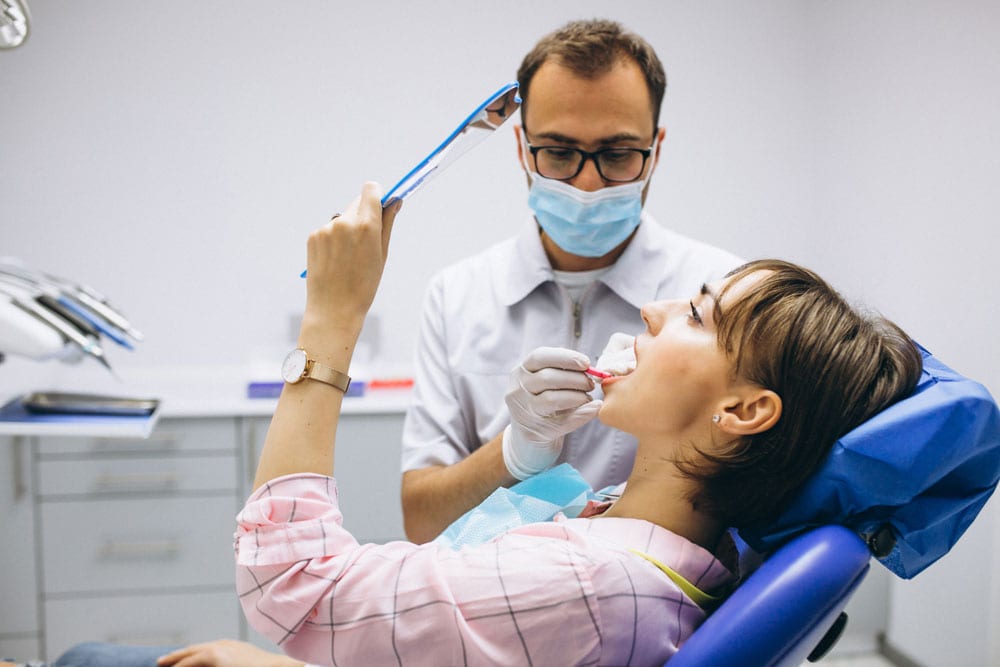Wisdom teeth are the last set of molars to come in for most people, and the begin to erupt in the late teens or early 20’s. Some people do not have wisdom teeth at all. For some patients, wisdom teeth fit well and provide an additional chewing surface. For many others, it’s common for wisdom teeth to be extracted.
Wisdom teeth are often misaligned, angled toward out or come in more horizontally—or get stuck completely. When the teeth are stuck, they are called “impacted” which means they are completely enclosed in the soft tissue or the jawbone, or they come out partially which can lead to bacterial infection. In these cases, extraction is best. Your dentist can take an x-ray to see if you have wisdom teeth and if they are aligned correctly to come in without issue. If your dentist sees any issues, you may be sent to an oral surgeon for an additional evaluation.
If you do require an extraction, we can remove the teeth, unless there are some additional concerns. However, the complexity of this depends on the location of the teeth and how developed they are. You will be given a thorough explanation of what to expect in the procedure and post-op. It is important to note that removing a wisdom tooth can be a simple or very complex procedure. If the tooth has fully erupted then extracting it is relatively simple. If is impacted, the surgeon will need to make an incision in the gum and potentially break the tooth in order to remove it. Both types and variations of this procedure are very common, and pain medication is available. Some patients even choose sedation dentistry for these procedures.
Recovery after wisdom tooth extraction varies by person, however we recommend plenty of rest, soft foods, ltos of liquids, and pain medication as prescribed by your dentist. Following post-surgery instructions is very important, especially when impacted wisdom teeth have been removed.




